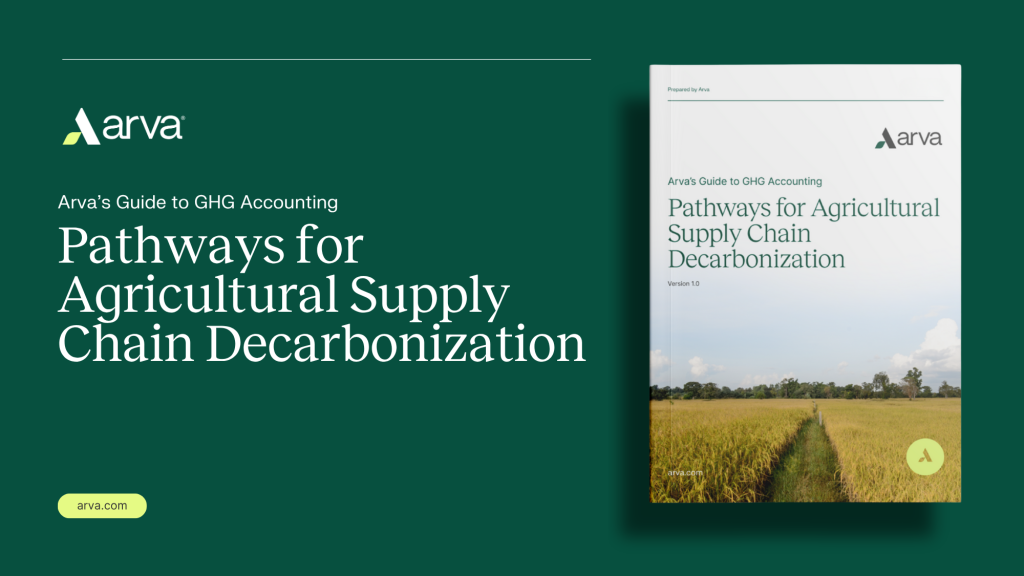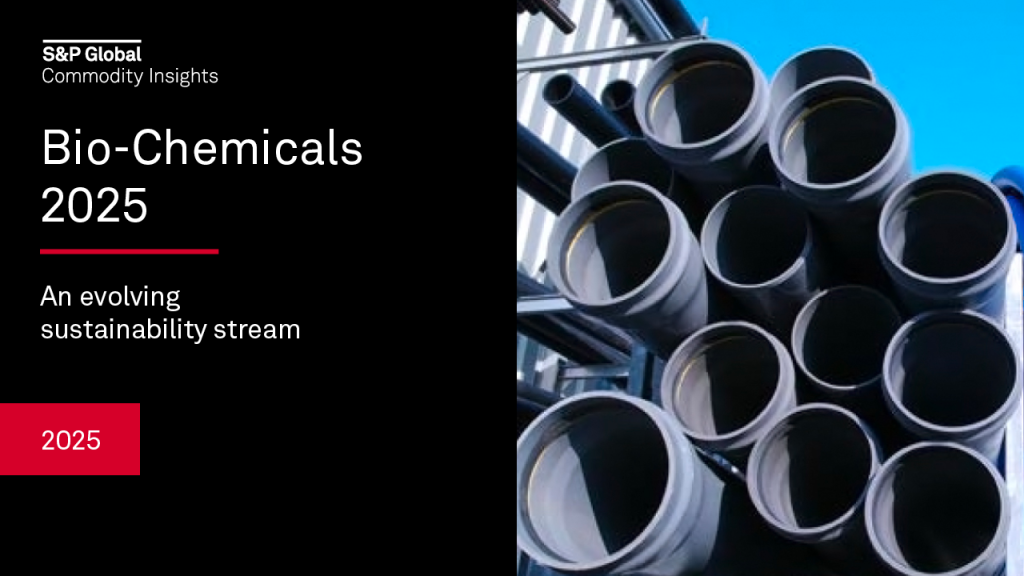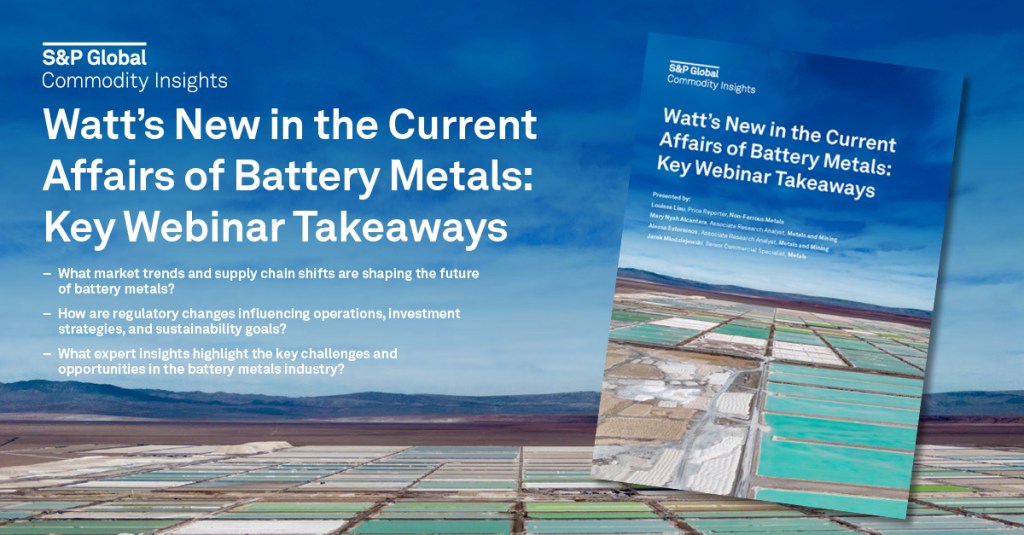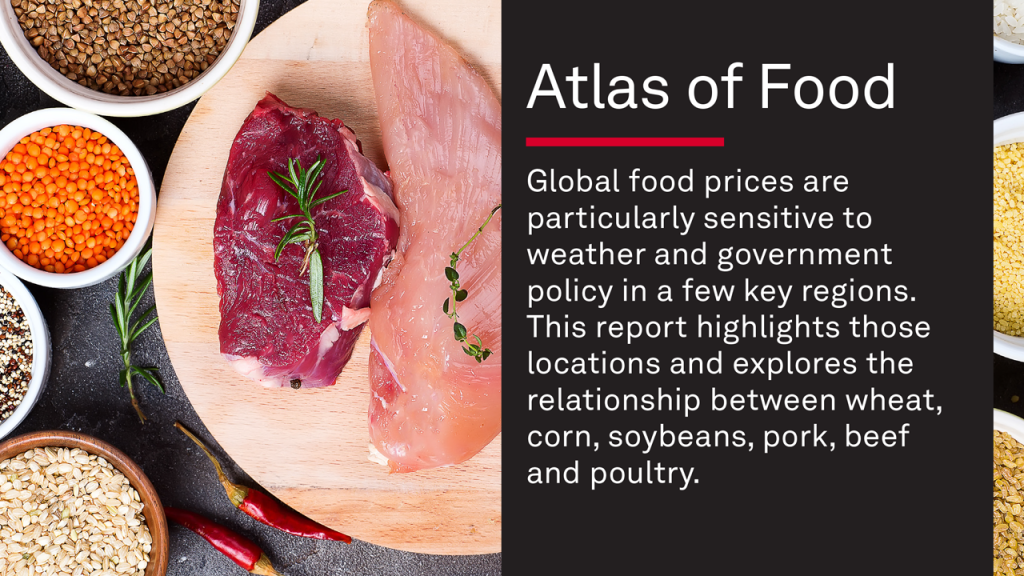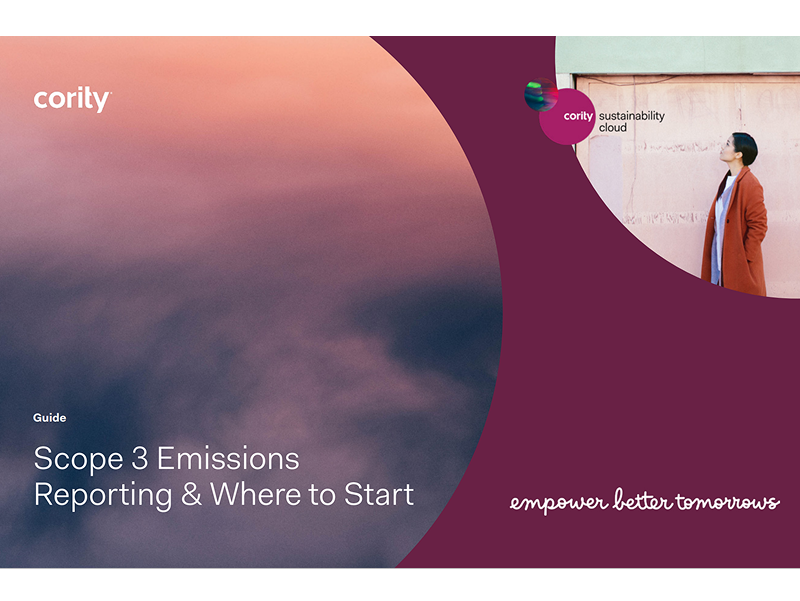3 common climate risk assessment mistakes — and how to fix them
Uniform guidance on how to conduct a climate risk assessment can be difficult to find. Read More

- Climate risk assessments are a critical part of regulated disclosure, but often lack consistency and uniform guidance.
- Three challenges include low granularity of physical risk analyses, a failure to account for heat-related health risks, and a lack of clear standards for financial analysis.
- Opportunities to improve accuracy include grouping facilities into specific regions for analysis, using studies that show how climate change impacts human health, and taking a page from insurance companies on how to project financial risk.
The opinions expressed here by Trellis expert contributors are their own, not those of Trellis.
Corporate sustainability reports, in their current form, started to appear in the late 1980s and early 1990s. A variety of factors led to this: high-profile environmental disasters (the Bhopal gas disaster and the Exxon Valdez oil spill, for example); the release of the Brundtland Report on sustainable development; and the development of the Ceres Principles, which “called on companies to acknowledge their environmental impacts and act more responsibly to help protect our communities and economies.”
However, as the manifestations of a changing climate become clearer, investors and customers started asking companies to provide specific information about their exposure to risks related to climate change. That’s how climate risk assessments emerged in the 2000s, with the launch of the Carbon Disclosure Project and the Task Force on Climate Related Financial Disclosures, as a way to provide the investor community with credible projections of how climate change could financially affect companies.
Recently, climate risk assessments have become mandatory under some state regulations such as in California and under Europe’s Corporate Sustainability Reporting Directive. Yet many sustainability teams and CSOs face challenges navigating the complex models and future scenarios these assessments require. That’s because they often lack expertise in the areas of risk assessment and financial quantification of risks and are unable to find consistent, uniform guidance in how to do so.
The art and science of climate risk assessments
These assessments identify, prioritize and ultimately mitigate the risks that companies face directly and through their value chains. Specifically they:
- Determine the boundaries of the assessment regarding the company, its value chain and different geographies
- Identify the types of risks considered such as physical or transitional risks and acute vs. chronic risks
- Select future scenarios ranging from unabated warming to various policy scenarios implemented to address climate change
- Evaluate the sensitivity or vulnerability of each entity within the assessment boundaries
- Prioritize risks and details of risk mitigation efforts
- Describe the company’s risk management and governance processes and climate change-related opportunities
In our work supporting global corporations with their assessments, we’ve witnessed several challenges that can limit the depth and breadth of these assessments.
Challenge No. 1: Assessments lack geospatial granularity
Large global climate risk models have low spatial resolution. As a result, significant differences in localized facility physical risk exposures are lost. A facility on the shore of a river subject to flooding, for example, has a very different exposure profile from a facility on a knoll or hill — important differences lost in a low-resolution model.
Similarly, large companies with hundreds — if not thousands — of assets will often group proximate locations to reduce the number of locations under consideration. While this approach can make the analysis simpler, faster and cheaper, it risks obscuring important differences in exposure.
Solution: Two main approaches can help solve this challenge. First, measuring stations managed by federal agencies have been tracking data related to climate change (heat event days, frequency of floods, and buildings and populations exposed to extreme weather) for decades. This real-time, location-specific data enables precise risk estimations that can be applied directly to a company’s facilities across all physical risks for a baseline assessment. For those locations where this far more granular and site-specific data is available, this critical information can help climate risk assessors understand the challenges relevant to a specific site.
The second approach is for those companies with hundreds or even thousands of locations. In those cases, we recommend that companies triage their facilities by grouping them within specific regions — such as ZIP codes — and screening for features such as proximity to riverbanks or low elevation. In 2017, the city of Boston took this approach by releasing a Climate Vulnerability Assessment that identified specific locations needing attention due to the unique characteristics of their siting. The assessment grouped sites by neighborhood, showing how this level of analysis could effectively highlight the key risks to each community. This helped flag sites needing special consideration in the assessment.
Challenge No. 2: Assessments fail to account for health-related impacts of climate change
State-of-the-art assessments tend to focus on physical building risks. Yet rising temperatures and heat-related health problems present a significant and growing risk to a company’s employees. For example, some studies show that productivity can plummet by 50 percent once temperatures exceed 90 degrees Fahrenheit, affecting operations and revenue, while also increasing costs related to cooling. This has led some companies such as VF and Nike to adapt their supplier codes of conduct to outline standards their suppliers must maintain with respect to heat-related working conditions.
But most climate risk assessments offer anecdotal connections between these factors and not substantive or empirical evidence. For those looking to quantify in financial terms the impacts of climate change, better methodologies are important.
Solution: Numerous data sets and studies can help companies estimate the impacts of heat on a population. Studies from Columbia University on the impacts of power outages, UT San Antonio on heat-related deaths and the International Labor Organization on how heats impacts labor productivity help us understand how climate change affects human health.
Challenge No. 3: There’s no uniform standard for financial projections
Unlike accounting practices which have a slew of standards, there’s no “GAAP” version for climate risk assessments. Today, climate change financial estimations range from vague to overly precise, which can call into question accuracy and precision of the proffered data. Compounding the problem, most companies limit their financial forecasts to five years at the most, which is much shorter than the time frames used in most climate-related projections.
Solution: Financial assessments based on climate risks can be in the form of an expected value calculation:
EV=∑[Probability of outcome(i) × Value of outcome (i)]
In other words, the expected financial value is the product of the probability of the outcome and the value of that particular outcome summed over all possible outcomes. This is similar to how insurance companies project financial risk.
By using data and approaches consistent with how actuarial companies approach such calculations, we can arrive at a place where climate-related financial disclosures are credible projections of the actual risks that companies face due to climate change. Some organizations such as S&P Global and FAIRR have integrated these calculations, or similar approaches, into their risk assessments.
As our climate continues to change and extreme weather becomes more unpredictable, it’s important that corporations understand the risk and opportunity landscape they’re exposed to and disclose that information publicly. Anything they can do to improve on the depth and breadth of their analysis will help them be more resilient and sustainable long into the future.

Subscribe to Trellis Briefing
Featured Reports

